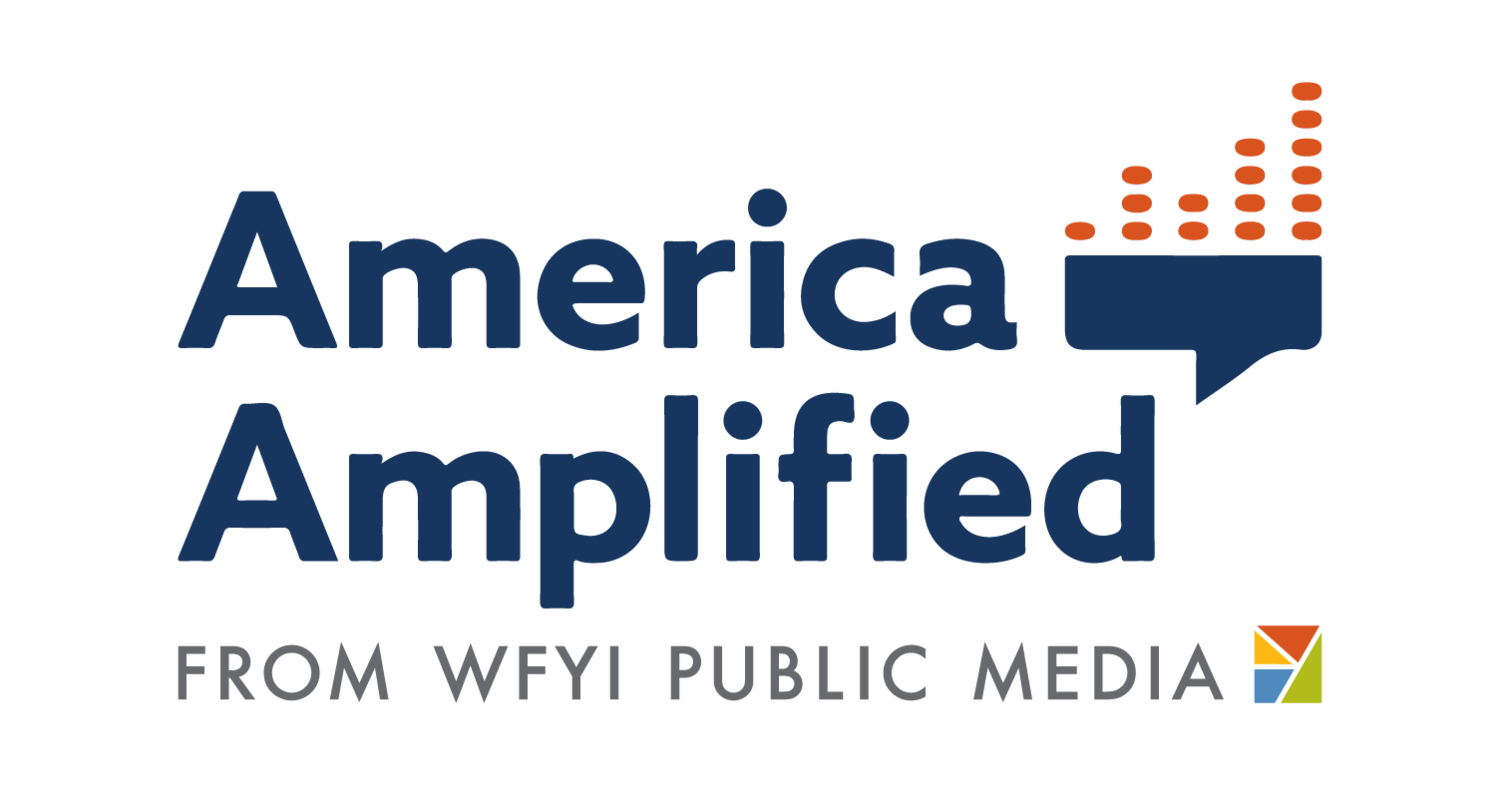How KOSU’s audio diaries project helps diarists take ownership in the process
KOSU has featured more than dozen audio diaries from Oklahoma residents.
KOSU’s series of audio diaries have been particularly riveting as Oklahomans grapple with the pandemic and protests against systemic injustice.
Kateleigh Mills, KOSU’s special projects reporter, says all but one of the diaries were recorded by the diarists themselves. Some reached out to the station; some Kateleigh contacted.
So we asked her to tell us how she manages the project and what lessons she has for others.
Here are some steps Kateleigh has taken and you can try.
Kateleigh Mills
Post a how-to
Kateleigh wrote a detailed post about how to submit diaries via smartphone recordings. The post includes instructions like:
Turn your smart phone on silent mode.
Make sure when you are ready to begin recording you can see the numbers running - this is how you know you’re recording.
In addition, Kateleigh lists a series of prompts and asks the diarist to answer at least two of them. The prompts include:
Have you known anyone to test positive for COVID-19? How did that affect your relationship with them?
When was the last time you cried and why?
How has your dating life been impacted by COVID-19?
“Usually when someone isn’t used to recording themselves, starting off is the hardest part,” Kateleigh says, so this list helps with ideas. She also gives examples of details that help enrich a story, like talking about specific plants if the submission is about gardening.
Pre-interview the sources
Once someone is interested in submitting, Kateleigh calls them to talk about what’s happening in their life, whether it is related to the pandemic or something else.
“From there I tell them the experiences that I’d like to highlight from them — but they ultimately choose what angle to take,” Kateleigh says. “I think this is the most important step because it’s equivalent to someone selecting what they’d like to talk about in an actual diary entry. You want your individual to take ownership of their story and to come away feeling like the final product is something completely them.”
Include them in the production
The music that accompanies the pieces were chosen with the help of the diarist.
Kateleigh says she recently began sending the diarists music samples — sometimes based on the kind of music they prefer.
“This is another way you can have them inside the editorial and production process,” Kateleigh says.
After it’s produced, she tries to ask the diarists what they liked about documenting their story in this way and how the experience can be improved for others.
Based on the feedback she’s received, she plans to set up a post-diary online survey.
Be open to ideas
The partnership with the Oklahoma Historical Society to record and archive the diaries makes sense because the society documents oral histories.
Kateleigh also recommends staying flexible and allowing “space for mistakes” so you can constantly improve the project.
Finally, she said she spends a lot of time promoting the project to find the diarists.
“For me — working as a team of one on the audio diaries project — I have often looked at who I have highlighted and look for someone who I haven’t yet,” Kateleigh says. “I’m always on the lookout for the perspective I haven’t provided a space for yet.”



